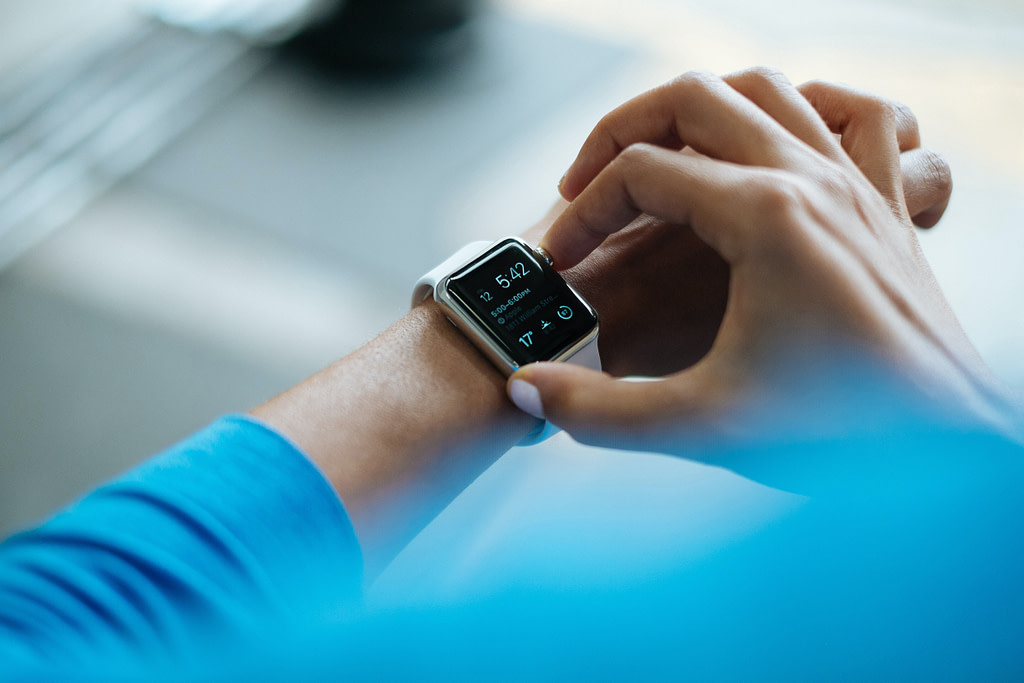Artificial intelligence is being used more and more boldly in the healthcare system and healthcare facilities. It improves the functioning of business where time and process are crucial! Find out how you can use it to optimize operations and increase their efficiency. See how implementing technology will directly translate into your business’ success and client satisfaction.
Tailored solutions take service to a whole new level. How is this possible? The answer is predictive analytics and machine learning, which is data mining and the combination of facts that can improve diagnostic effectiveness, identify appropriate treatments, and personalize care on an unprecedented scale.
What is predictive analytics healthcare?
The possibilities that predictive analytics offer are literally the key to the future of business. This advanced form of analytics uses various statistical techniques (including predictive modeling, data mining and machine learning), and, with their help, tries to estimate future results or predict specific events.
It allows the organization’s managers to answer the question: what can they expect in the future?
Proper use of the collected data enables the effective identification of customer behavior patterns, more accurate forecasting of demand, and, consequently, optimization of operations. What does this mean? We can use our resources more wisely and allocate them in such a way as to maximize profits. Predictive analytics is used today in every field, but in this article, we’ll focus on healthcare.
While it may seem hard to talk about any form of digitalization or artificial intelligence applications when it comes to this industry, reality is opening up entirely new possibilities.
Modern technology starts as early as upon entering a healthcare facility. It improves the work of the reception desk and queue management. It allows you to move away from a model that treats patients as a homogenous group to a completely personalized approach.
With the limited resources of medical staff, it has not been possible thus far to offer tailor-made treatment to patients. The use of artificial intelligence addresses this very need.
The model, in real-time, analyzes a variety of data for each patient independently and predicts the risk of specific conditions or even responses to specific therapies and treatments.

What is predictive informatics in healthcare?
If we want to offer patients advanced and personalized medical care, while shifting the focus from treatment to prevention, we need to have the right infrastructure in place.
In simpler terms, a system that will collect electronic health record-keeping and scientific research and studies data, and then process it in real-time using advanced predictive modeling techniques. This approach is often referred to as predictive informatics (PI).
The benefits? They can be considered on many levels. Suffice it to mention such possibilities as:
- the creation of a patient-centered system of care,
- risk reduction of many diseases (better prevention),
- efficient and rapid diagnosis,
- more effective therapies,
- reduction of treatment costs.
Read also: Software for the healthcare industry: what is it and why it’s worth using?
How is predictive analytics used in healthcare?
There are many medical problems that can be solved with AI or even advanced analytics, but all this depends on the data that is available to an organization and its business goals. Data can be used, for example, to improve business performance and make better decisions, but also to elevate the way business… does business. Automate repetitive admin tasks, optimize queues, improve communication with patients, etc. Not enough? Admittedly the most interesting examples of putting artificial intelligence to work are connected with health risk assessments and the recognition of particular diseases.
Below you can find a few examples of challenges that you can easily overcome with predictive analytics and even take those challenges to a whole new level with AI.
Risk assessment for particular diseases
A fast and correct diagnosis of diseases in many cases decides about patients’ lives. As AI can acquire all this knowledge in a short time period, it can efficiently support doctors by fulfilling the gaps of human perception or be able to notice patterns that sometimes may be hard to notice at the first sight. This is why the support of AI becomes complementary to the expertise of doctors, allowing them to provide better care and make it easier to notice details that could normally be overlooked.
How do machines learn to diagnose patients? If we present them with thousands of digitized examples (e.g. X-ray images), they will learn to identify certain patterns, just like doctors. With a sufficiently large comparison base, machines are able to pinpoint anomalies with high probability, which can then be looked at more closely by specialists. On the one hand, we avoid the risk of overlooking important information, and on the other hand, one specialist has the opportunity to help a larger group of patients than before.
How can artificial intelligence help doctors? For example, in detecting strokes on the basis of CT images, identifying heart disease or the risk of its occurrence on the basis of ECG, or analyzing eye images to identify indicators of diabetic retinopathy. Examples of other AI use cases can be enumerated endlessly.

Identifying patients who are likely to skip appointments
Just as in the case of airlines, in clinics and outpatient clinics, the problem is people who do not show up for appointments (the “no-shows”). Unscheduled windows in doctors’ calendars not only disorganize work but also block access to specialists for others and (this is undisputed) affect financial results.
Airlines consciously allow overbooking, but such activity in medical institutions is unacceptable. Predictive analytics is the answer to the problem. Effective identification of patients who are unlikely to show up at the doctor’s office on time allows appropriate steps to be taken, e.g. send an appointment reminder message or contact the doctor by phone to confirm the appointment. As a result, the risk of no-shows is reduced and your resources are put to optimal use.
Read also: What are the patient engagement solutions?
Preventing patient self-harm
No longer just a curiosity, but an effective measure, a study by the Kaiser Permanente Washington Health Research Institute confirms that predictive analytics can help reduce suicide rates!
By combining historical data from electronic medical records with the results of standardized questionnaires of patients’ depression, the models tested were able to predict, with high probability, the risk that they would bargain for their lives. It turned out that deaths and suicide attempts among patients whose scores were in the top 5% accounted for as much as 43% of suicide attempts and 48% of deaths.
Better supply chain management
Supply chain optimization is one of the biggest challenges for managers in the healthcare industry. This was confirmed in a survey of hospital leaders conducted by Syft. As many as 98% of those surveyed admitted that the pandemic has shown numerous vulnerabilities, and 62% added that their organization is not taking the right steps to address these challenges and adequately protect itself in case supply chain disruptions reoccur.
Why is advanced analytics the solution? First and foremost, it provides complete insight and identifies patterns and relationships. This is invaluable knowledge that puts the hospital in a very comfortable position. Not only does it allow you to control supply variability and optimize the ordering process, but it also supports price negotiations.
Ensuring data security
It turns out that not only financial and government institutions, but also hospitals that store sensitive data often fall prey to cybercriminals.
This is also where predictive analytics comes in handy. Real-time monitoring of how users use data can help identify various types of misuse (anomaly detection). Whenever the model finds that an action deviates from its known patterns, it notifies administrators who can react. The first to react is the system itself, e.g., by questioning user access to the system. Doesn’t this sound… safe?

How can predictive analytics improve the efficiency of your clinic – summary
The role of AI in the healthcare industry is becoming more and more important from year to year and everything indicates that this trend is not going to change quickly (read also: How to increase revenue with predictive analytics). However, the approach of hospitals to the subject of data must change. Why? Despite the growing popularity of AI, implementing any AI-powered solution without having a data strategy in place is simply a waste of time and money. The potential benefits of such a transformation undoubtedly exceed its costs, so it is not worth delaying the decision to implement an appropriate data culture and become a data-driven organization.
If healthcare is the business you’re in, you’re most knowledgeable about your customers’ expectations and needs. Now you need AI development services and a team of experts to translate them into a product that fits your capabilities. A system based on artificial intelligence is not only supposed to make you meet the demands of the market and stay ahead of the competition, but it should provide the ability to make further improvements.
